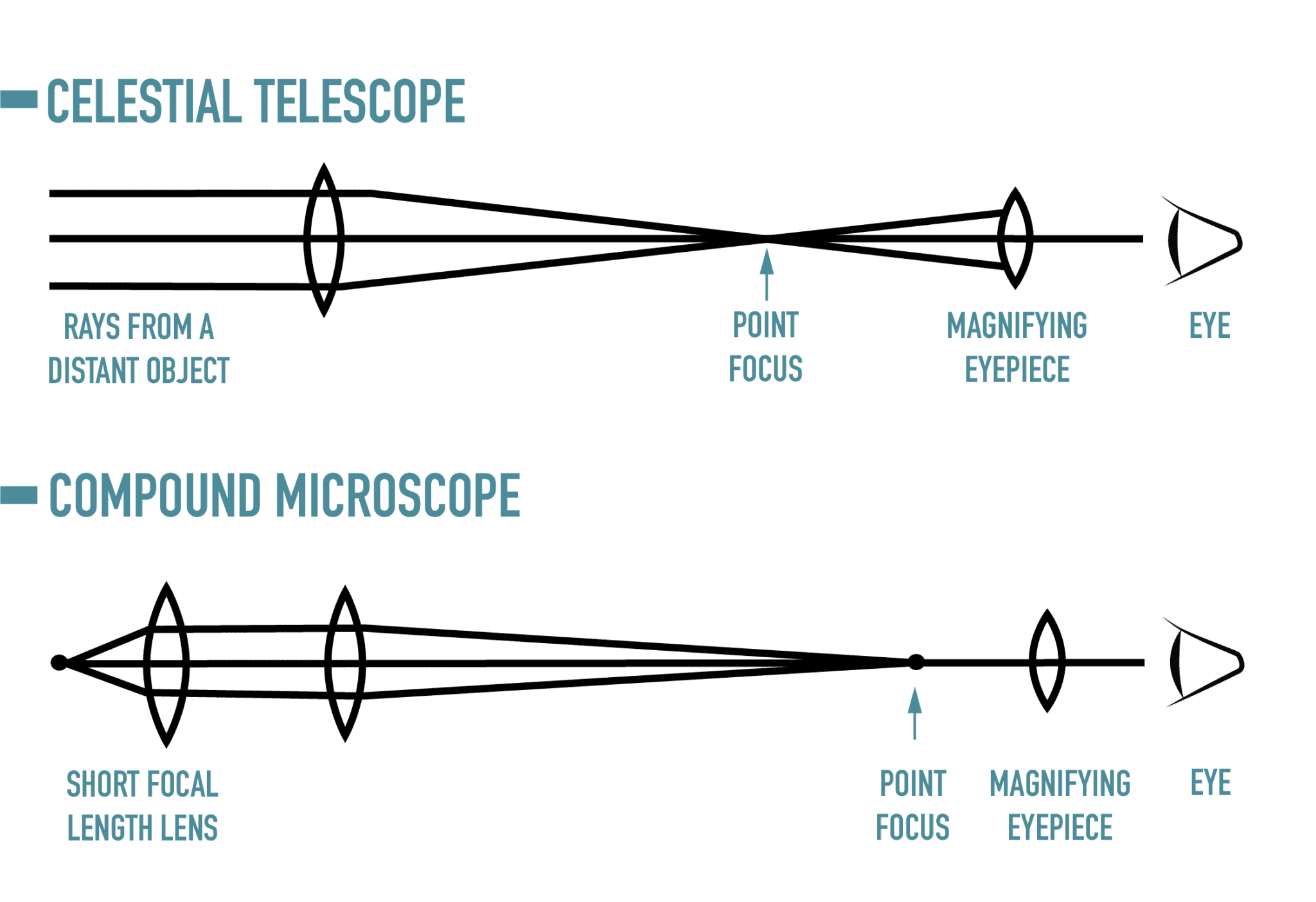


How Are Maksutov-Cassegrain And Reflector Telescopes Similar?Īlthough the similar features aren’t too vast between these two, maksutov-cassegrains and reflectors do share a few common features Nevertheless, reflectors provide the best aperture per dollar ratio on the market which is why they’re very popular among most amateur astronomers and veterans who want the largest Aperture for a relatively affordable price. One of the negatives of these optics is that the OTA tube will be open, meaning far more maintenance will be required to keep the visuals at a high level as the mirrors will get dusty and they’re also easier to knock out of alignment due to this design. Reflective optics are known to be the best for viewing faint deep space objects and also produce more color accuracy than glass based telescopes (aka refractors). The main difference between a spherical and Newtonian is that a Newtonian reflector uses a parabolic primary mirror which allows for light to focus at a singular point unlike latter that uses a spherical primary mirror which produce blurry and unfocused visuals.Īs a result Newtonian reflectors are definitely the superior reflective telescope. These devices can come in multiple different variations but the most common ones utilized are Newtonian reflector and spherical reflector optics, with the latter generally the more affordable option. The primary is concave mirror whilst the secondary mirror is flat with its main purpose being to reflect the gathered light into an eyepiece.Īs for how a reflector telescope works, light is often gathered in through the open end of the tube near the top of the device hitting the concave mirror at the base before reflecting onto the secondary mirror and then into your eye. These mirrors are regarded as primary and secondary mirrors. Reflector optics utilize mirrors to produce visuals for telescopes. The extreme focal length in turn allows for Maks to be really good telescopes for viewing planets as narrower images are better for viewing more detail on singular entities like Jupiter or Saturn. Simply put, the convex secondary lens manages to magnify the focal length so instead of being only 2 times longer due to the light is folded once in the process, the lens magnifies the length multiple times over. This is mostly due to the convex design of the secondary mirror which is found right at the front of the tube. In general Maks tend to produce focal lengths 5 – 7 times larger than other telescopes at the same size and dimensions. This means that the reflected light will be folded in Maks resulting in a focal length much longer than what a refractor or a reflector telescope of the same size would produce.

When light enters a Mak telescope, it will pass through a corrector lens (known as a meniscus corrector) found at the front of the telescope, hit the concaved primary mirror, reflect onto a smaller convex secondary mirror, pass through the hole in the middle of the primary mirror and into an eyepiece (or camera). Maks have a more reflector based design but use corrector lenses to eliminate any kind of aberration that would normally occur due to a pure mirror design. The Mak design falls under a compound based system meaning it uses both a lens and a mirror. Differences Between Maksutov-Cassegrain And Reflector Telescopes.How Are Maksutov-Cassegrain And Reflector Telescopes Similar?.What Is A Maksutov-Cassegrain Telescope?.


 0 kommentar(er)
0 kommentar(er)
